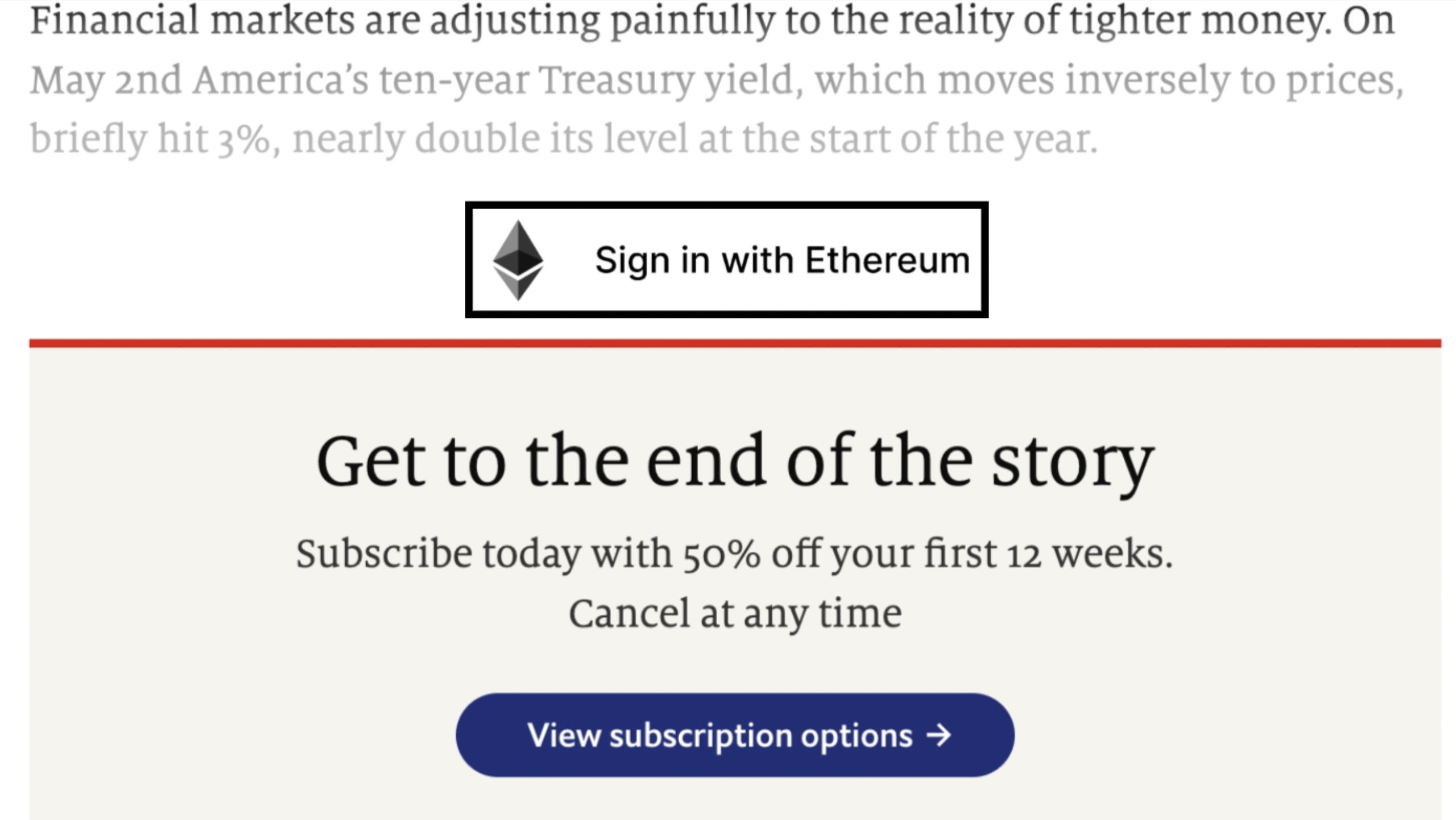CURRENT STATE OF THE NEWSPAPER INDUSTRY
Traditional press and newspapers have lost their hegemony over the past decades.
Twitter and the likes won the battle of attention.
I mean, it seemed like a battle lost in advance.
They are a quicker and easier source of information.
And. It’s. Free.
French thread highlighting the drop in newspaper sales
Right now, we don’t even read the traditional press to be informed, but more as a ritual.
The same way the 8 o’clock news or the TV weather forecast don’t keep us updated, far from it.
We enjoy experiencing those social items because they are full of reminiscence from a bygone era - the pre-internet age.
It’s our modern Proust madeleine.
To moderate these comments, one could also says that we read the news we already heard about on Twitter because the seen-on-the-news effect still has an impact, so newspapers play the role of a powerful legit check.
But our generation being increasingly more aware of the centralization of power and media control; I think this argument won’t be relevant anymore in a few years.
So, the nostalgic bias and the newspaper-as-a-trustworthy-entity opinion being inefficient soon with Generation Z, what’s the future of traditional newspapers?
How could they reinvent themselves?
WEB1 & WEB2 ATTEMPTS
Of course, they tried the internet. Most of their revenue comes now from monetizing their content on the web (sponsoring and ads), and it has allowed them to remain solvent during the last decade.
But the internet is full of frictions - new account creation on each website, mail verifications, credit card payments, etc.
And in the contactless era, newspapers must find a way to match the new generation’s way of thinking.
If they want to survive, they will have to adapt themselves to WEB3 at some point.
And we’ll say, “in retrospect, it was inevitable.”
HOW COULD WEB3 HAVE AN IMPACT ON THE NEWSPAPER INDUSTRY?
Let’s imagine how newspapers could use NFTs to still be relevant in the future.
We can divide media into two categories: the exclusive one that charges you a fee to get the full content and the inclusive one that is entirely free - revenue completely comes from ads and sponsors.
For the exclusive newspapers, we could think of an NFT-as-a-subscription system.

Instead of paying 1$ to finish the article, you would have to sign in with your Ethereum account and prove that you own the NFT in question.
Thus, you would get the full article.
One interesting thing would be to offer users standardized-lifespan NFT on the primary market - a week, a month, and a year of article access - and allow them to resell customized-lifespan NFT - even a second - on the secondary market.
Let’s say you buy the one-month NFT.
After a week, you’re not interested anymore in this newspaper, so you sell the three remaining weeks on a marketplace to another guy to let him enjoy the experience.
So, it would make liquid the most illiquid asset ever created - the subscription.
No more hesitation before spending - or not - money on the internet: you would be able to resell it anyway.
Readers are even incentivized to buy a more extended subscription to supply the secondary market with customized-lifespan NFT - which profits the newspaper thanks to the royalties it would earn from the secondary market.
A beautiful flywheel.
Furthermore, this system would offer a better User eXperience (UX). Indeed, the crypto-friendly community would need no more than a set-up wallet to get access to every newspaper that provides this service.
To sum up: A new industry (web3), a new target (crypto-native), a new revenue (royalties) for the newspaper and less friction (NFT technology), and a new asset (liquid subscription) for the readers.
It looks like a genuine win-win.
To introduce itself to this industry, a company could not release its NFT but allow owners from a collection to access their content for free.
It would cost them no money and create some free viral engagement in the crypto-community.
Imagine The Economist making its content accessible for Bored Ape holders.
An unprecedented and broadcasted kind of Airdrop.
They could release an NFT collection, and each owner would become a newspaper contributor.
This is what is trying to achieve the french daily newspaper "20 minutes".
They’ve just released 999 NFTs to initiate their free and community-owned magazine called "20 mint".
Pretty simple: each owner can vote in the private discord for specific subjects to be covered.
So, more than being a consumer, the NFT enables you to interact with the project in a permissionless way.
NEW PARADIGM
WEB3 is meant to align interests between the different parties of the industry.
We are looking forward to seeing which newspaper will fully embrace this technology: the next media revolution could be.
We noticed that Brut - a french media - has recently hired a Metaverse specialist...
Stealth mode activated for other newspapers?